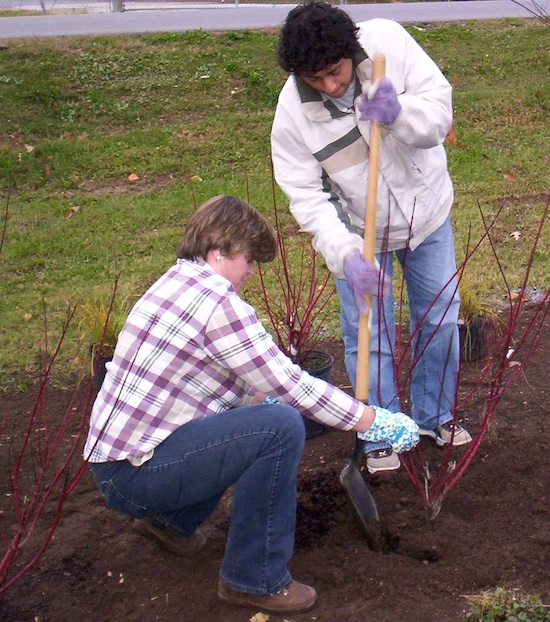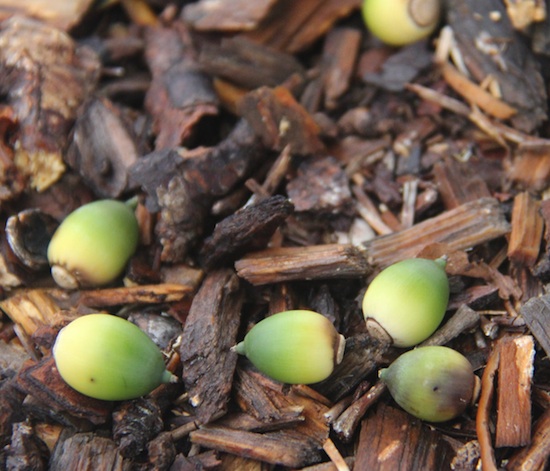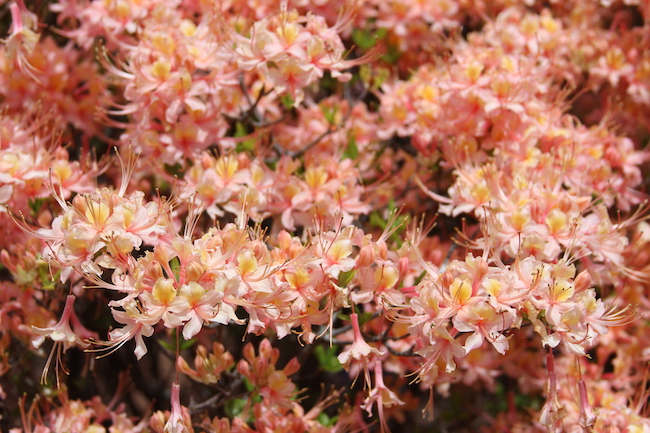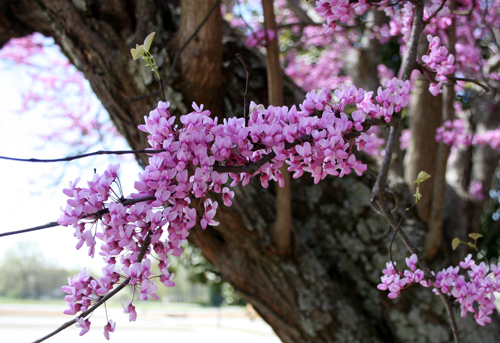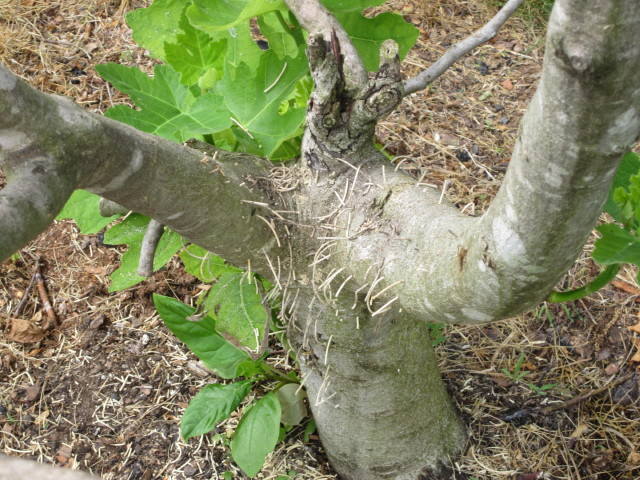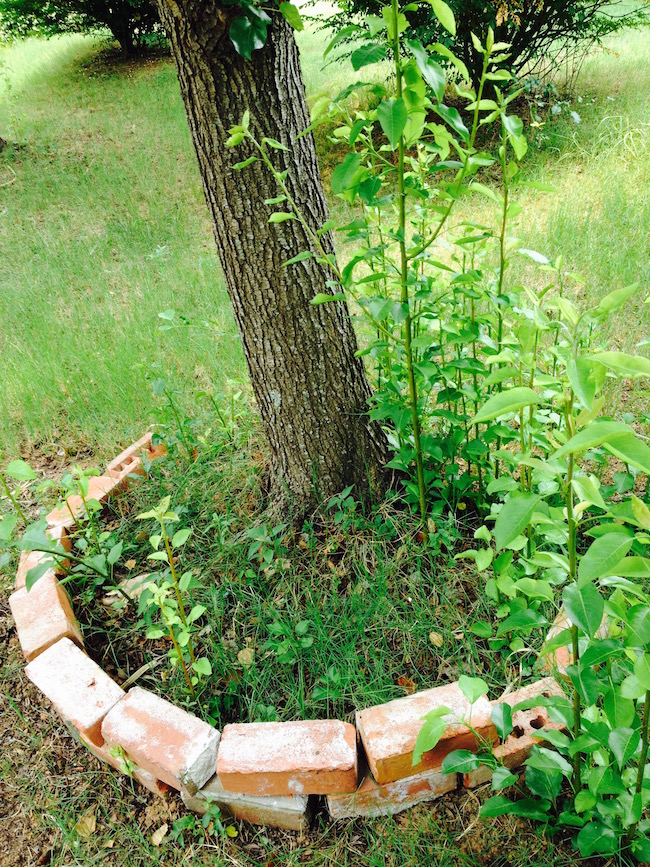 CAES News
CAES News
Root Suckers
Root suckers, or root sprouts, are a tree’s natural response to wounding or stress. Therefore, the best way to prevent them is to minimize or avoid causing wounds or stress to trees.

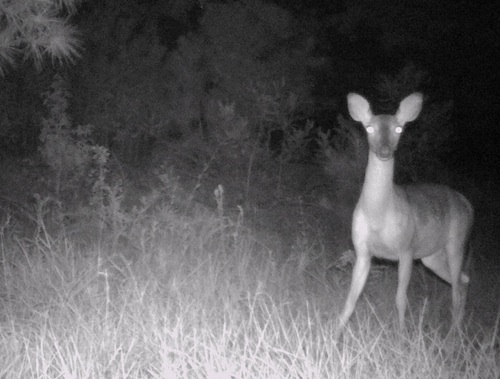
.jpg)
